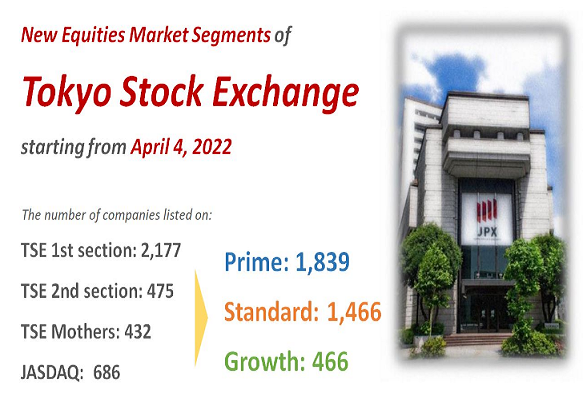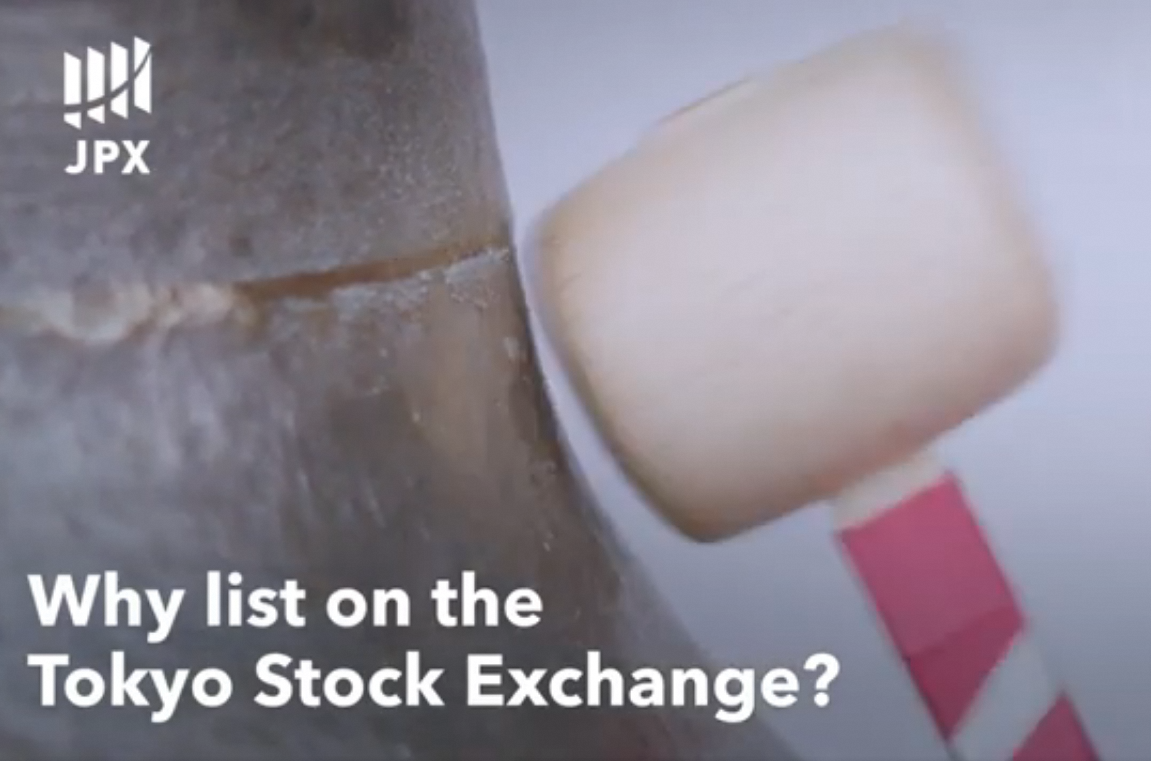TSE Cash Markets
Record high of 40% listed companies increasing dividends, 3.6 trillion yen to households as a tailwind for asset building.

Listed companies are expanding their dividends. Approximately 900 companies, or 40% of the total, plan to increase their dividends for the fiscal year ended March 2025, a record high at the beginning of the fiscal period. For individuals who have started investing with the new Nippon Individual Savings Account (NISA), this will be a tailwind for households’ asset building.
Nikkei compiled a list of approximately 2,200 companies with comparable fiscal years ending in March. For the companys’ forecasts are undecided, the market estimates (QUICK consensus) are applied, and stock splits and reverse stock splits are taken into account.
Total dividends are expected to reach a record high for the fourth consecutive year at approximately 18 trillion yen, an increase of 8% from the previous year. This is a 50% increase compared to the fiscal year ended March 2019 before the COVID-19 pandemic. The percentage of companies increasing dividends is up 7 percentage points from the previous quarter for the first time growth in three years.
Increased dividends would be a boon to individuals. According to Japan Securities Dealers Association, the number of individual shareholders at the end of fiscal year 2022 was 14.89 million, an increase of about 320,000 from fiscal year 2021.
Individuals hold about 20% of the shares of listed companies, and on a simple pre-tax basis, about 3.6 trillion yen goes to households.
According to estimates by Dai-ichi Life Research Institute Chief Economist Hideo Kumano, a total dividend of about 18 trillion yen is equivalent to about 500 billion yen in real consumption, or a 0.1% boost in real gross domestic product (GDP). Hideo Kumano notes, “Dividend income is more likely to stimulate consumption, especially among the elderly, because it is easier for them to feel an increase in income than gains from stock price appreciation.”
Companies increase dividends largely because Tokyo Stock Exchange and investors demand improved capital efficiency. With retained earnings building up on the back of strong performance, capital efficiency may decline if shareholder returns are not expanded. The capital adequacy ratio of listed companies (excluding financial and other companies) for the fiscal year ended March 2024 is at an all-time high of 42%, up 1 percentage point from the previous year.
Remarkable features are the companies that are forecasting declining profits also rising dividends. About 230 firms plan to increase dividends in the fiscal year ended March 2025 while net income declines, or one-fourth of all dividends increase firms. Japanese companies have tended to link their dividends to their profits. The company’s financial base has been stabilized, making it easier to raise dividends even with declining profits.
Mitsui expects consolidated net profit for the fiscal year ending March 2025 to decline 15% from the previous year due to lower commodity prices, but Mitsui will increase its annual dividend (on a pre-July stock split basis) by 30 yen to 200 yen. “Allocate funds to growth investments and shareholder returns and enhance both” (Kenichi Hori, President of Mitsui).
Morinaga Milk Industry will pay an annual dividend of 90 yen for the fiscal year ended March 2025, up 30 yen. Although net income will decrease by 69% due to the absence of gains on the sale of real estate that existed in the fiscal year ended March 2024, the core business will remain strong because of price increases and increased sales of well-profitable products. Together with a 10 billion yen scale stock buyback, Morinaga Milk will expand shareholder returns.
Increases in dividends for companies with PBR (price-book value ratio) of less than 1x are also noticeable. Companies are being asked by Tokyo Stock Exchange to raise their PBR. These companies have an intention to attract investors by launching a dividend increase, which would improve the PBR.
Toyo Shutter, with a P/B ratio in the 0.6 range, will increase its annual dividend by 11 yen to 42 yen for the fiscal year ended March 2025. It has raised its “dividend payout ratio” target, which indicates the percentage of net income allocated to dividends, to 30% from the fiscal year ended March 2025, up from 20% previously.
P/B ratio of Alps Alpine is also continuously below 1.0. Alps Alpine aims to resolve the situation of less than 1.0 P/B ratio by the fiscal year ending March 2027, and will increase the annual dividend for the fiscal year ending March 2025 to 60 yen, double the previous year’s dividend. At the same time, it will pursue structural reforms, including withdrawal from unprofitable businesses and personnel reductions.
Some companies try to attract investors by announcing that they will continue to pay dividends above a certain level.
Sumitomo has introduced a system of “progressive dividends,” which guarantees a minimum amount of dividends, starting with the fiscal year ended March 2025. The outlook was given for the disposal of losses in the nickel business and other problem businesses. Sumitomo will increase investers’ total returns, including stock buybacks, to more than 700 billion yen over the three years through the fiscal year ended March 2027, a 40% increase over the past three years.
Dividend levels of Japanese companies used to be lower than those of Western companies, but they are no longer comparable. The average dividend payout ratio for the fiscal year ended March 2025 will be 36%, up 3 percentage points from the previous year and the highest level in four years. It will be below the European component of the STOXX 600 (51%) but will be on par with the US component of the S&P 500 Stock Index (34%).
Total net income of listed companies for the fiscal year ending March 2025 is expected to decline 2% from the previous year, the first decline in profits in five years. Masaki Motomura, Senior Equity Strategist at Nomura Securities, noted, “If there is room for upward swing in earnings due to an improved macro environment and the penetration of price hikes, we can expect an upward revision to the dividend.” This may increase the investment appeal compared to the long-term interest rate.
Along with shareholder returns, the extent to which companies allocate funds to human capital and growth investments is also an issue. If the company can respond to changes in the environment and sustainably increase its corporate value, this will attract more investment money.
Related links





